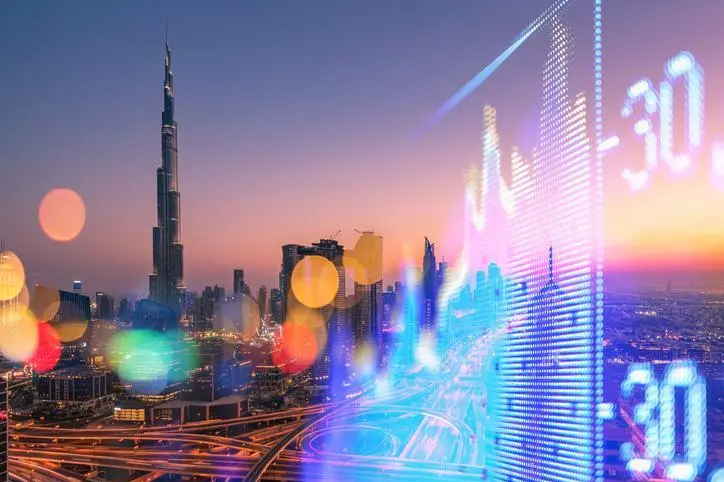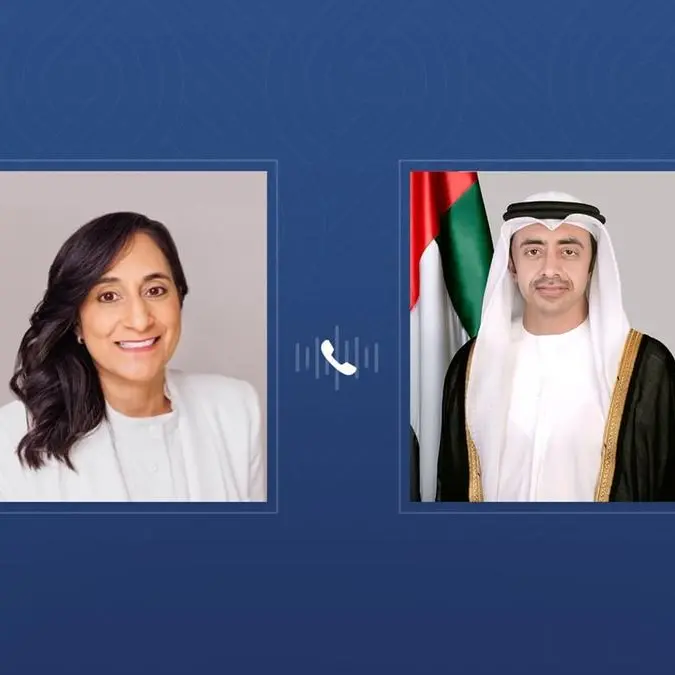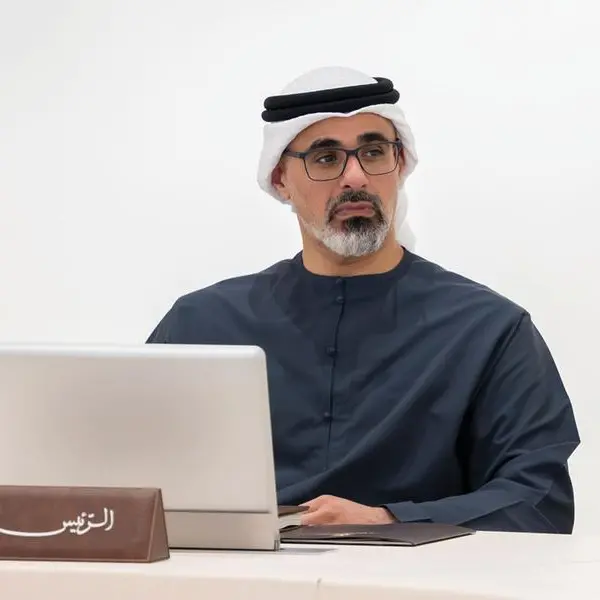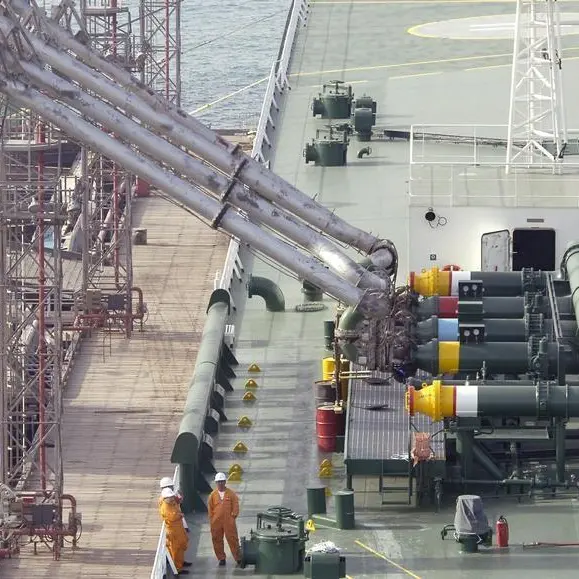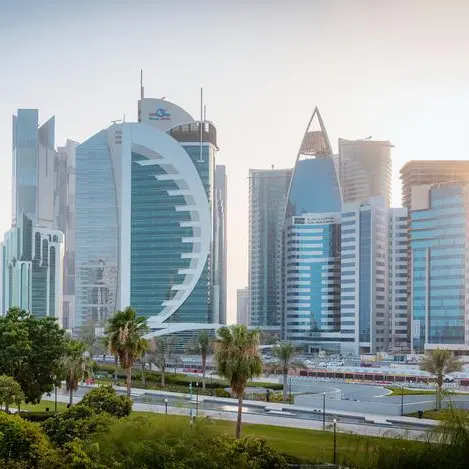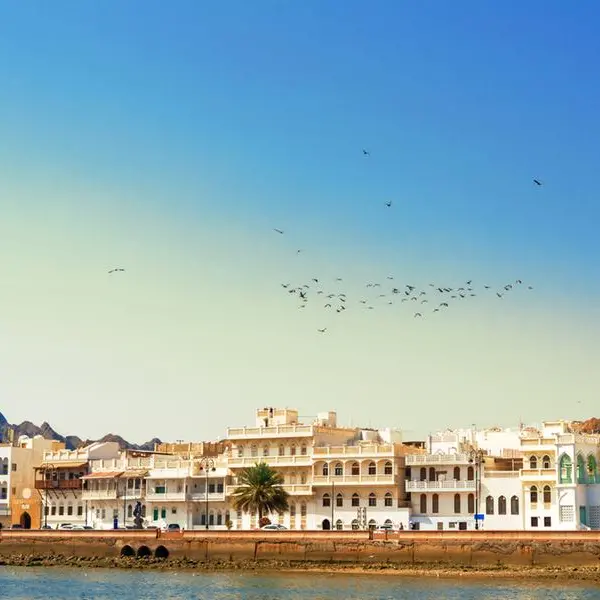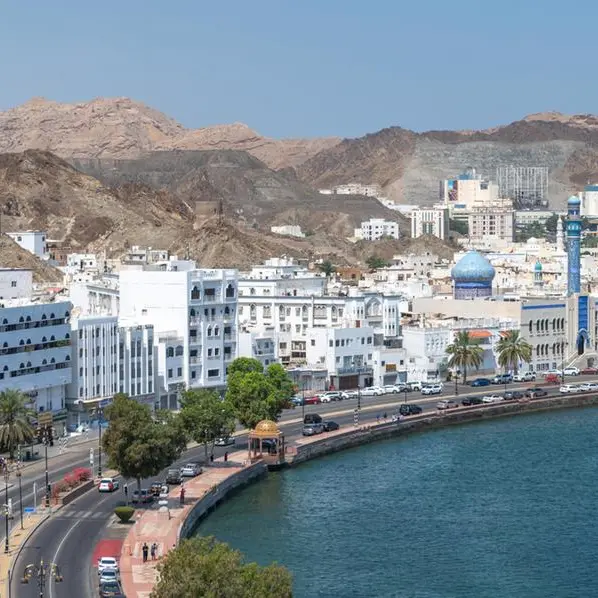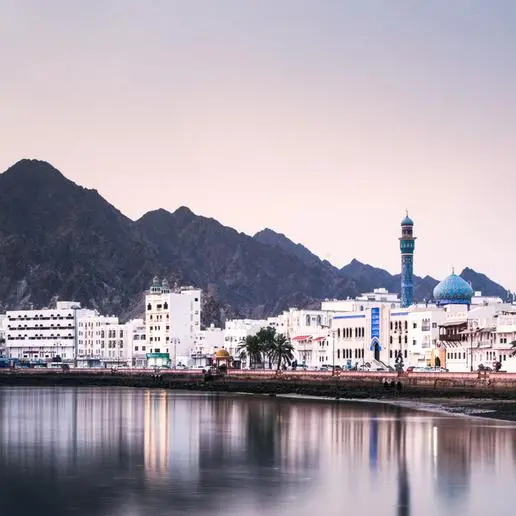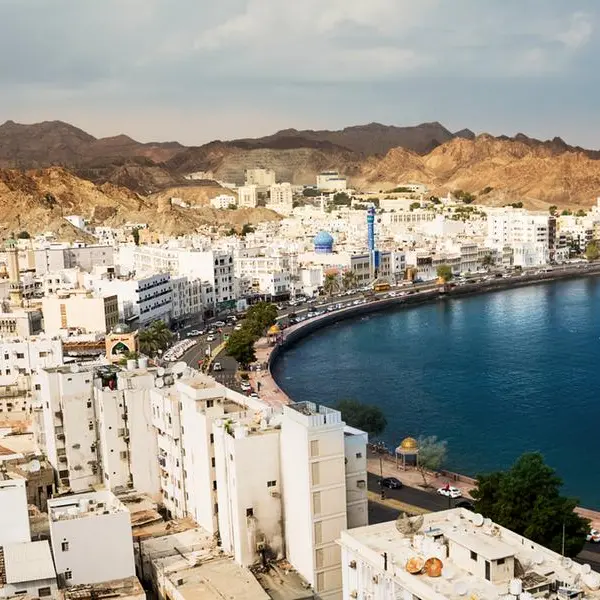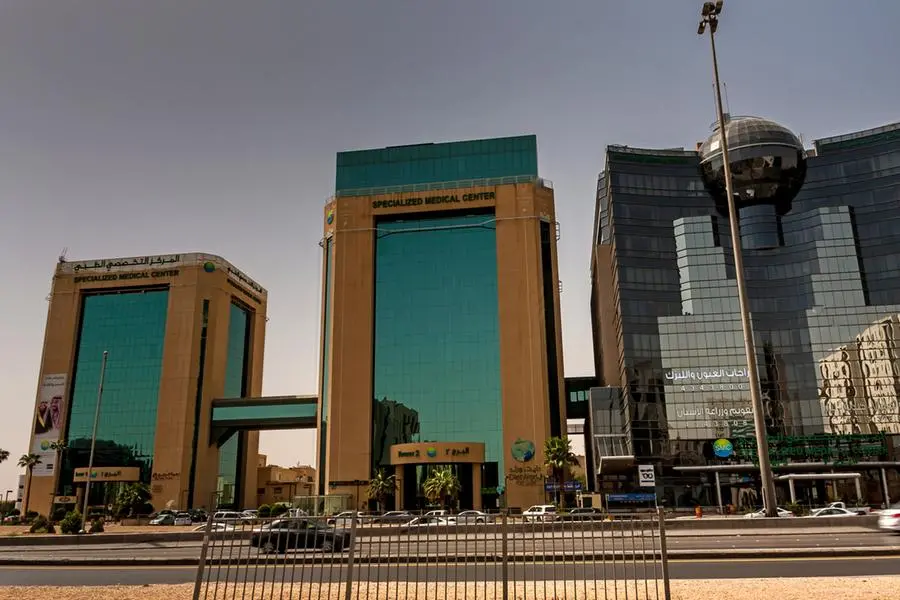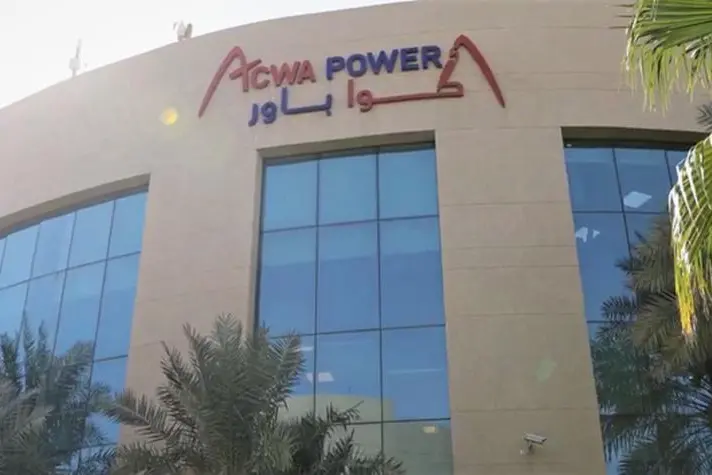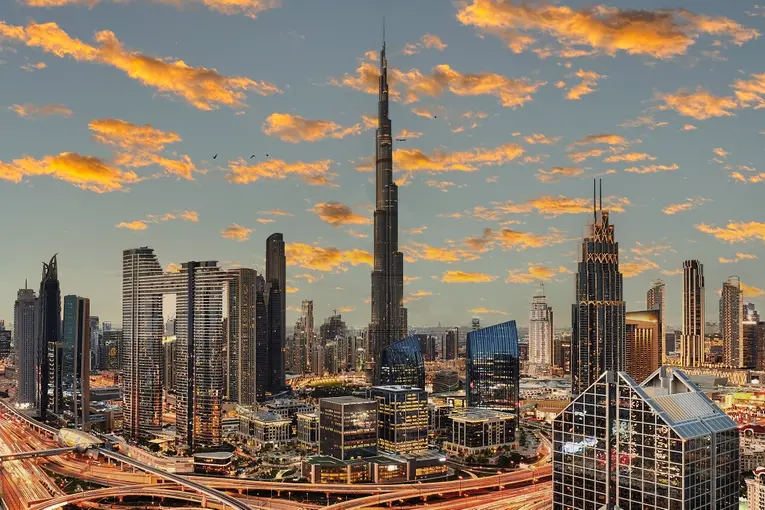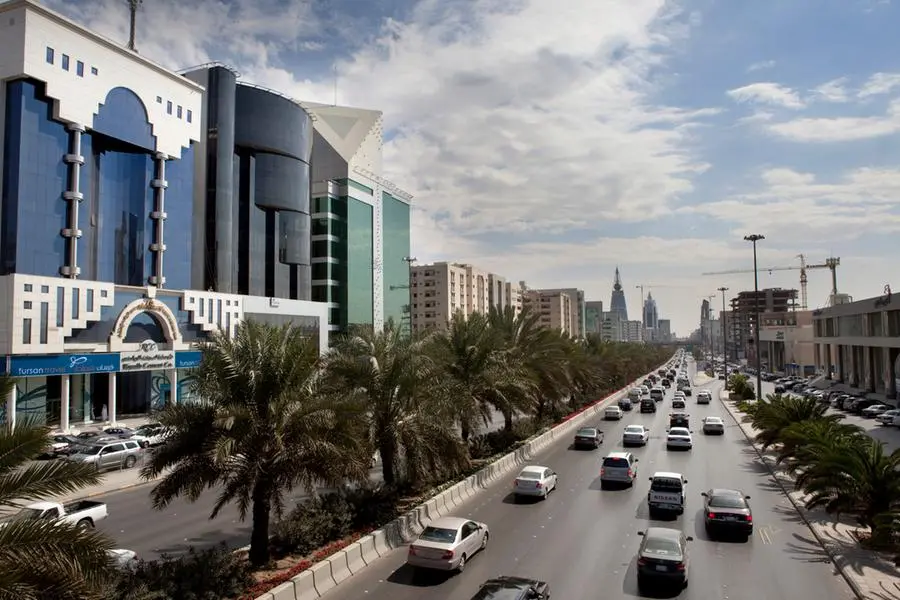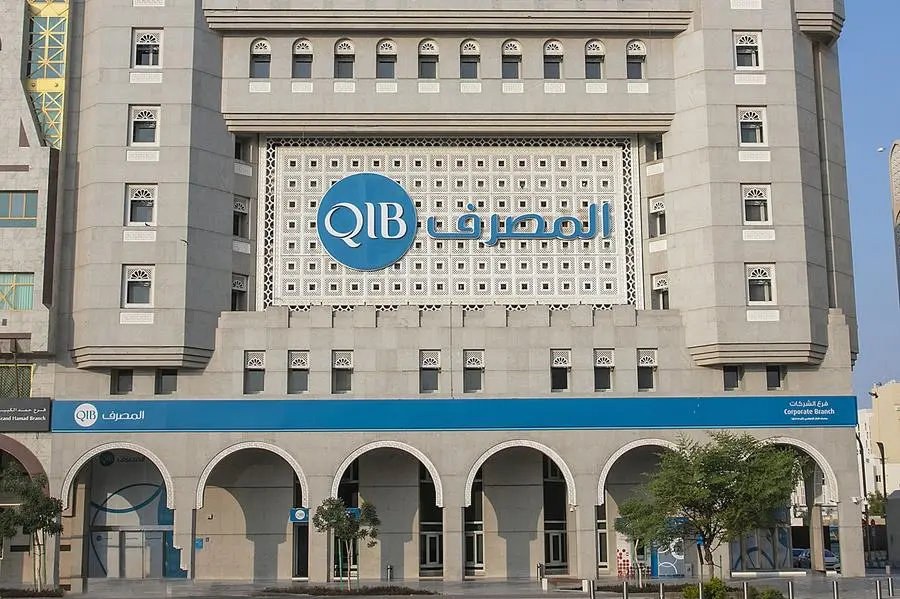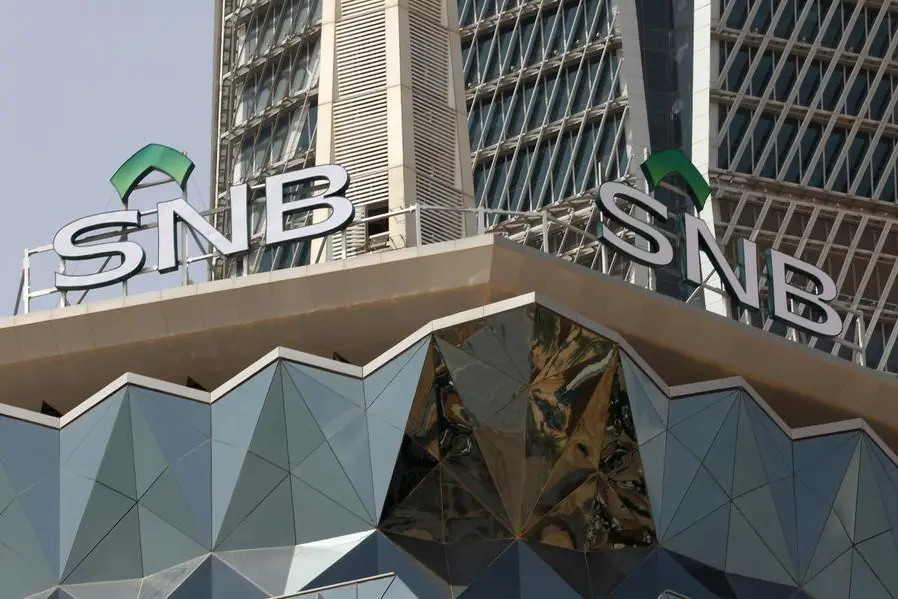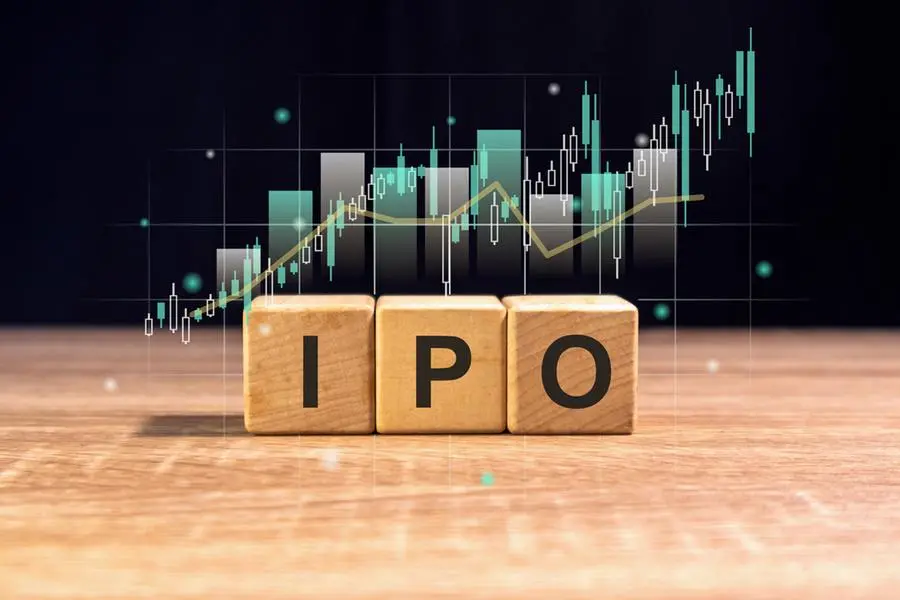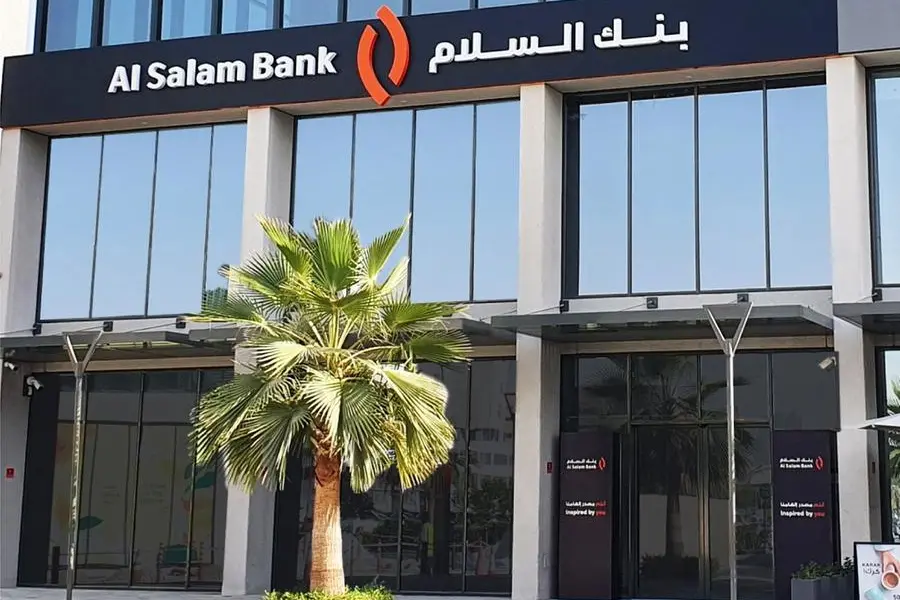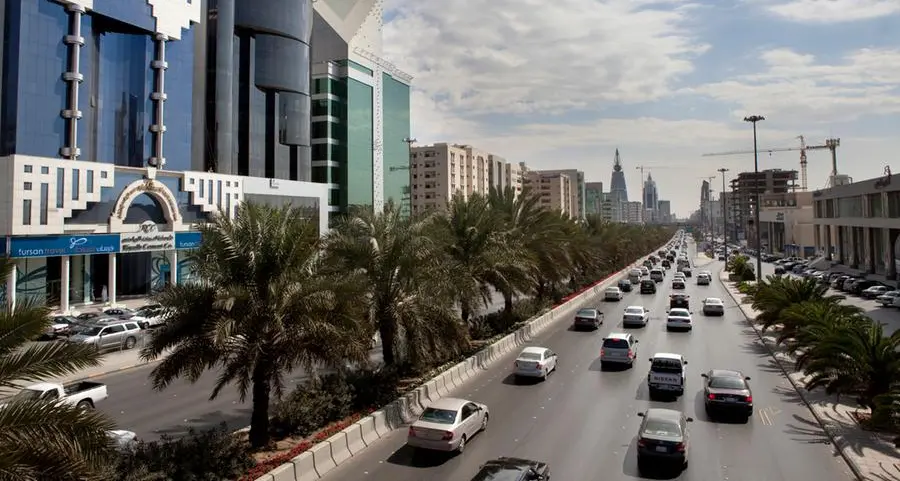PHOTO
Image used for illustrative purpose. Stock Market Exchange on a skyscraper in dubai background.
Higher oil export volumes coupled with a revival in non-oil demand will support the UAE’s strong economic growth as the combined gross domestic product (GDP) of the GCC looks set to hit $2 trillion in 2022, the World Bank said.
Real GDP of the UAE, further underpinned by a favourable business environment and world-class infrastructure, is expected to grow by 5.9 per cent in 2022 before moderating to 4.1 per cent in 2023 as slower global demand dampens growth due to tightening financial conditions, according to the new Gulf Economic Update (GEU) from the Washington-based bank.
The International Monetary Fund’s recently revised World Economic Outlook report projects the UAE’s GDP to grow 5.1 per cent this year as compared to its previous forecast of 4.2 per cent. It would be the highest growth in the past seven years. The IMF projects the Middle East and North African GDP to grow by 5.0 per cent this year, up from 4.1 per cent in 2021, before slowing to 3.6 per cent in 2023 as global conditions worsen.
The economies of the GCC, on the other hand, according to the World Bank, are projected to expand by 6.9 per cent in 2022 before moderating to 3.7 per cent and 2.4 per cent in 2023 and 2024, respectively.
“Higher oil receipts supplemented with a gradual non-oil recovery in the UAE will bolster fiscal revenue resulting in a fiscal surplus to hover around 4.4 per cent of GDP in 2022. Recent bilateral free trade agreements with Asian partners supported by strong oil exports will place the current account surplus at 11.2 per cent of GDP in 2022,” the World Bank said.
While the total GDP of the GCC is projected to be close to $2 trillion in 2022, their combined economy would grow to an expected $6 trillion by 2050 if the region continued business as usual, the World Bank noted.
“However, if the GCC countries implemented a green growth strategy that would help and accelerate their economic diversification, GDP could have the potential to grow to over $13 trillion by 2050,” it said.
Easing of pandemic restrictions and positive developments in the hydrocarbon market drove strong recoveries in 2021 and 2022 across the GCC. Strong economic recovery and supply chain bottlenecks raised inflation in the GCC to an average rate of 2.1 per cent in 2021 — up from 0.8 per cent in 2020, GEU said.
“Supported by higher hydrocarbon prices, the GCC region is expected to register strong twin surpluses in 2022 and continue over the medium term. The regional fiscal balance is projected to register a surplus of 5.3 per cent of GDP in 2022 —the first surplus since 2014 — while the external balance surplus is expected to reach 17.2 per cent of GDP,” said the World Bank update titled "Green Growth Opportunities in the GCC."
"There is an excellent and timely opportunity to diversify the economy further using a green growth strategy, and playing a leading role in the global transition to low-carbon economies," said Issam Abousleiman, World Bank regional director for the GCC.
"The region could use the green growth transition to focus policies on developing green technologies and associated skilled labour that would reverse trends in productivity and enable the region to grow faster."
Saudi Arabia's economic growth is expected to accelerate to 8.3 per cent in 2022 before moderating to 3.7 per cent and 2.3 per cent in 2023 and 2024, respectively. Real GDP of Qatar is estimated to rise to 4.0 per cent in 2022 with exports (5.4 per cent) and government consumption (4.8 per cent) leading on the demand side.
Oman’s economy is projected to continue its recovery and strengthen over the medium-term, driven by robust energy prices, expansion of oil and gas production, and wide-ranging structural reforms. GDP growth is forecast to reach 4.5 per cent in 2022 before moderating to an average of 3.2 per cent in 2023-24.
Economic growth in Kuwait is forecast to accelerate in 2022 to 8.5 per cent before moderating to 2.5 per cent in 2023 and 2024, respectively, while Bahrain’s growth is expected to accelerate to 3.8 per cent in 2022; mainly driven by the non-hydrocarbon sector which is expected to exceed 4.0 per cent growth, supported by the full reopening of the economy and a stronger manufacturing sector, the report said.
Copyright © 2022 Khaleej Times. All Rights Reserved. Provided by SyndiGate Media Inc. (Syndigate.info).
